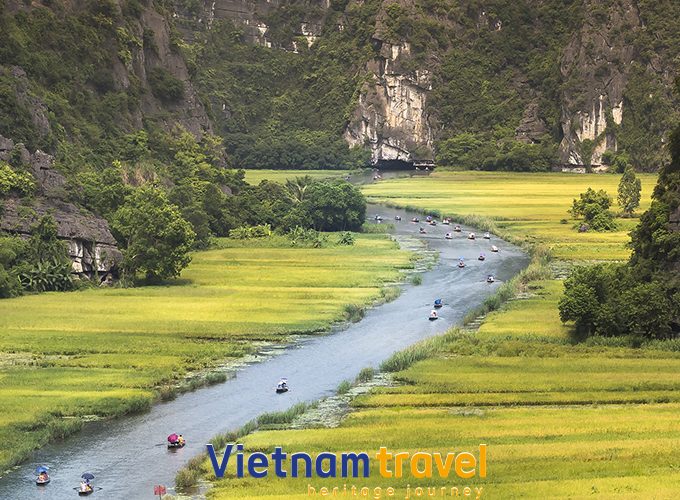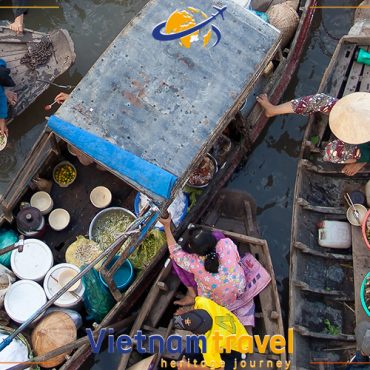Nay Pyi Taw’s design reflects Myanmar’s ambition to create a forward-thinking capital. Key features include:
-
- Sprawling Infrastructure: Eight-lane highways, manicured roundabouts, and vast ministerial zones underscore the city’s grand scale.
- Symbolic Landmarks: The Uppatasanti Pagoda, a gleaming replica of Yangon’s Shwedagon Pagoda, offers spiritual solace and ties the city to Myanmar’s Buddhist heritage.
- National Landmark Garden: This park features miniature replicas of Myanmar’s iconic sites, from Mandalay Hill to Inle Lake, providing a condensed journey through the country’s cultural and natural heritage.
Though modern, Nay Pyi Taw subtly weaves tradition into its urban fabric, making it a curious addition to heritage travel itineraries.
Cultural and Administrative Highlights
While Nay Pyi Taw is primarily a political hub, it hosts several attractions that captivate travelers:
-
- Defense Services Museum: Explore Myanmar’s military history through aircraft, tanks, and artifacts, offering insights into the nation’s complex past.
- Nay Pyi Taw Zoological Garden: One of Asia’s largest zoos, home to rare species like white elephants, symbols of Myanmar’s royal heritage.
- Gem Museum: Discover Myanmar’s famed gemstone industry, from raw jade to glittering rubies, a nod to the country’s natural wealth.
These sites, though contemporary, enrich Myanmar heritage travel by highlighting the nation’s evolving identity.
Nexus of Indochina Heritage Tourism
Nay Pyi Taw’s role in Indochina heritage tourism lies in its contrast to neighboring gems. While Cambodia heritage travel dazzles with Angkor Wat’s ruins, Vietnam heritage travel enchants with Hoi An’s lantern-lit alleys, Laos heritage travel whispers serenity in Luang Prabang, and Thailand heritage travel thrills with Ayutthaya’s grandeur, Nay Pyi Taw offers a window into modern governance and urban planning. Together, these destinations showcase Indochina’s diversity—an interplay of ancient legacies and modern ambitions.
Culinary Journeys and Local Flavors
Nay Pyi Taw’s culinary scene mirrors Myanmar’s cultural mosaic:
-
- Tea Houses: Sip sweet milk tea and savor mohinga (fish noodle soup), a breakfast staple.
- Night Markets: Sample street food like shan tofu salads or grilled skewers, reflecting regional influences.
- Government Restaurants: Dine in quirky, themed eateries frequented by locals and officials.
These experiences add a flavorful layer to heritage travel, connecting visitors to Myanmar’s everyday rhythms.
Sustainable Travel and Future-Forward Vision
As a nascent destination, Nay Pyi Taw prioritizes sustainable development:
-
- Green Spaces: Parks and gardens offset the city’s concrete expanses, promoting eco-conscious urbanism.
- Community Engagement: Support local markets and family-run guesthouses to foster inclusive growth.
- Cultural Preservation: Respectful tourism at religious sites ensures traditions endure amid modernity.
Travelers contribute to this vision by embracing mindful exploration.
Practical Tips for Your Visit
-
- Getting There: Fly from Yangon or Mandalay (1-hour flight) or take a 3.5-hour drive from Mandalay.
- Best Time to Visit: November–February (cool, dry season).
- Accommodation: Choose from international hotels like Kempinski or boutique stays for local charm.
Embrace the Spirit of Heritage Travel
Nay Pyi Taw may not boast ancient temples, but its story is integral to Myanmar’s narrative. As you traverse its broad avenues, engage with its people, and ponder its symbolic landmarks, you’ll witness a nation balancing tradition and progress. Whether paired with Indochina heritage travel classics or explored as a standalone curiosity, Nay Pyi Taw invites you to redefine what heritage means in a modern world. Pack an open mind, and let this enigmatic capital reveal its role in Myanmar’s unfolding journey.






















